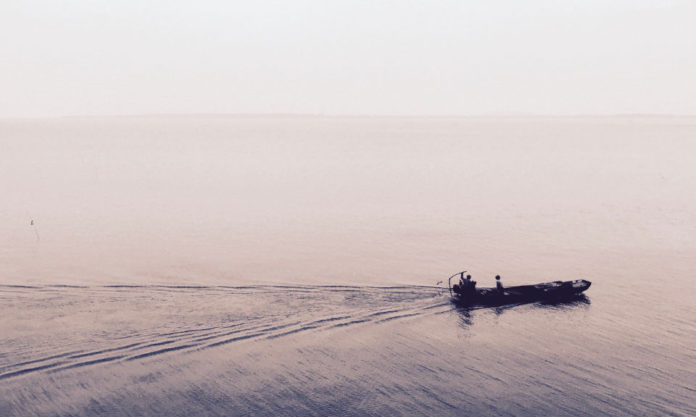While we speed along in a high-speed train on our way to Shanghai through the water towns of southern Jiangsu Province; Wuxi, Suzhou et al, it’s sobering to think that a little more than a decade ago, not only was the high-speed line not here, but the land on which it now sits was water polluted in the extreme, unfit even as sewage and far below any kind of drinking standard.
Such was the situation across much of southern, rural Jiangsu, prior to large-scale efforts to rectify the situation and give countryside dwellers access to quality services.
The irony here is that Jiangsu is known the water province. Not much good then that over a decade ago, the area with the biggest potential in China for economic growth was being constrained by water shortages, scarcity and pollution, with the latter leading to algal blooms on the surface of many important fresh water sources, Lake Tai in particular.
Authorities had little choice but to shut down water supply systems and meet demand from groundwater sources. The problem was further compounded by over extraction of groundwater aquifers and as a result, there occurred salt-water intrusion in coastal areas.
It was time to call in the World Bank.
As an international financial institution providing loans and grants for capital projects to low and middle income countries, the World Bank has bankrolled over 12,000 such development projects since 1947.
In 2009, the International Bank For Reconstruction And Development pitched in with a US$130 million load to support the US$300 plus million committed by China to fund the Jiangsu Water and Wastewater Project.
According to a press release at the time, the project “seeks to improve the living standards of the urban residents in Jiangsu Province on the eastern coast of China through improved water supply and wastewater systems. The project will support the aggregation of city water supply systems from central urban areas with those from smaller, nearby towns to increase service efficiency and improve the quality and reliability of town water supplies. It will finance the construction of new water intakes, water treatment plants, water transmission lines, booster pump stations and distribution networks. It will also support the construction of wastewater treatment plants and associated sewerage pipelines in several key cities and towns in Jiangsu Province”.
The project was implemented in the cities of Nanjing, Yancheng and Zhenjiang, together with the county-level cities of Danyang (under the administration of Zhenjiang) and Taixing (under the administration of Taizhou).
All in all, it took 6 years to complete the aims of the project, and for many of the project’s objectives, the set targets were surpassed. For example, the number of towns which met the strategic targets for Non-Revenue Water increased from 18 at the project outset to 58 at its closure, exceeding the target of 51.
In our very own Nanjing, three new raw-water intakes and pumping stations with a combined capacity of 705,000 cubic metres per day were constructed. These were complimented by 26.1 kilometres of large-diameter, raw-water transmission pipelines.
In the other cities, five new water treatment plants with a combined capacity of 650,000 cubic metres per day were built, together with a whopping 594 kilometres of pipelines.
As a result, coverage of water supply in towns increased from 78 percent to 100 percent when the project was complete.
While it may be easy to get lost in the jargon and statistics, one number stands head and shoulders above all. The Jiangsu Water and Wastewater Project directly benefited 4,769,000 people though its provision of water supply and sanitation services, together with the reduction in pollution discharge into local rivers. A total 78 towns and villages reaped the benefits, while of the people whose lives had been improved, 48.5 percent were women.









